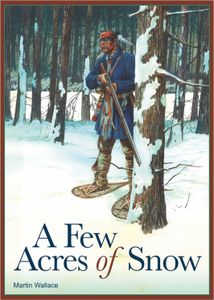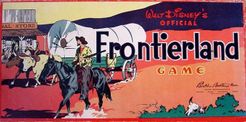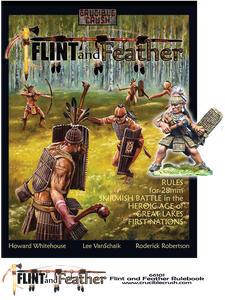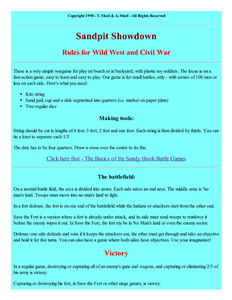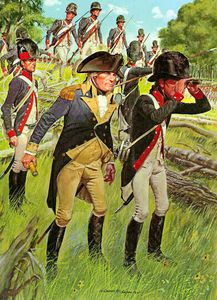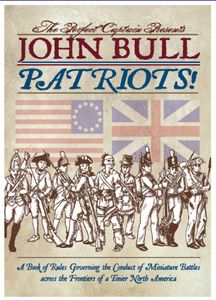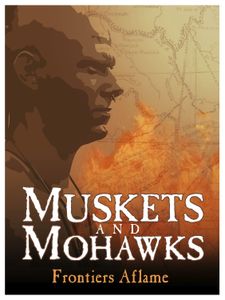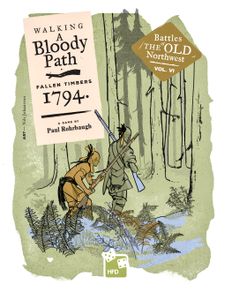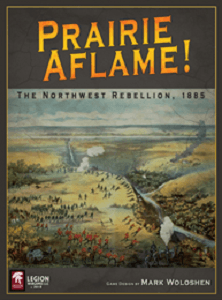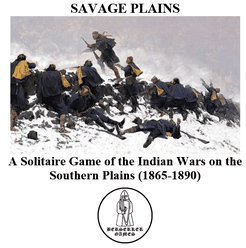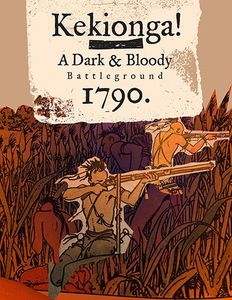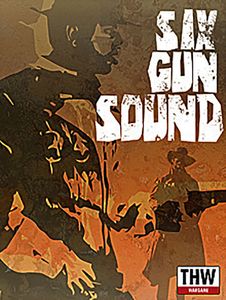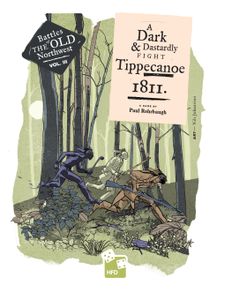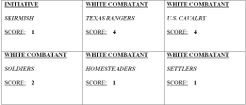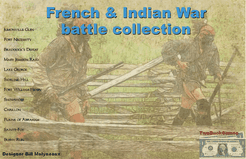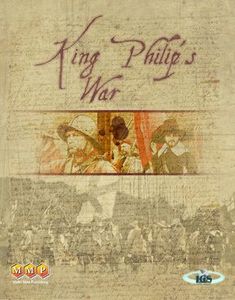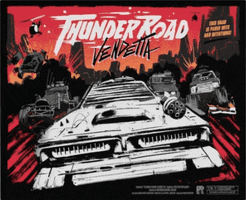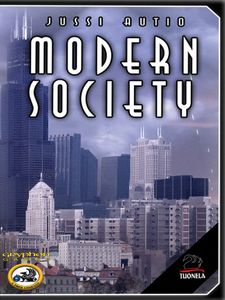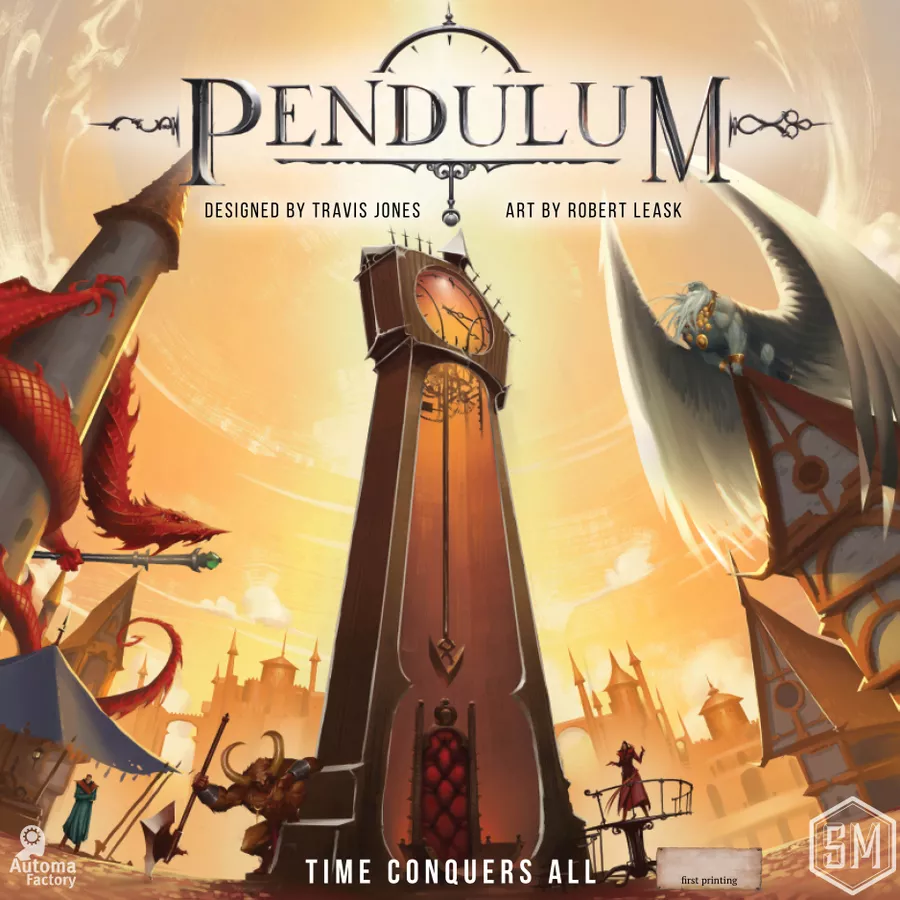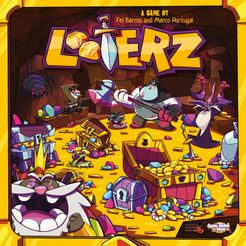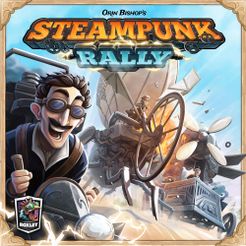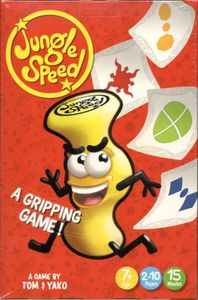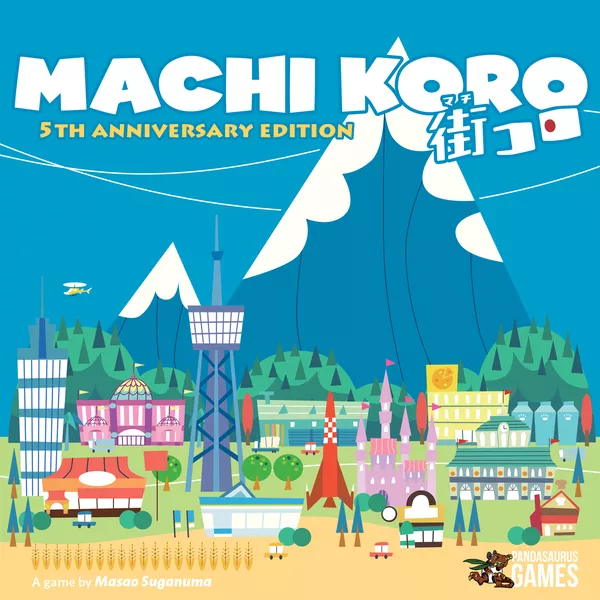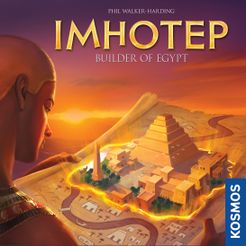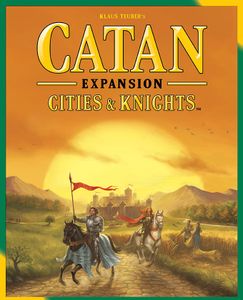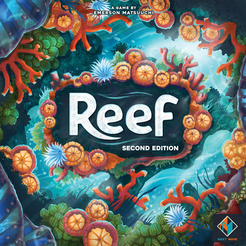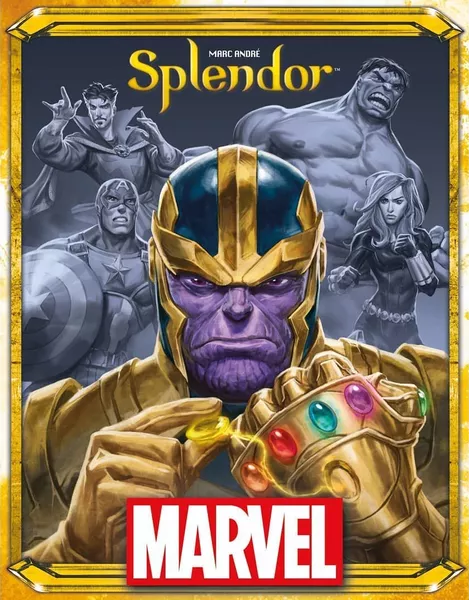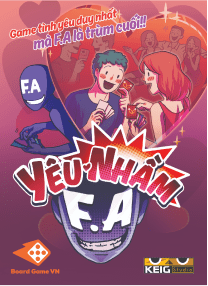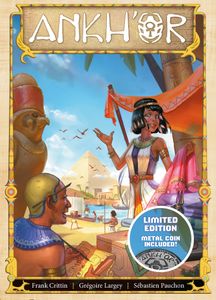Fetterman Massacre (1977)
Nhà Phát Hành: Atlantic
- Giới Thiệu
- Hướng Dẫn
- Video
- Chơi Ngay
- Đánh Giá & Bình Luận
User summary:
In the year 1977, Atlantic produced, as part of their games-line called “Il Gioco delle Battaglie” (The Game of Battles), 5 "board-wargames" of the Old West/Indian Wars theme (code number from 1456 to 1460 in their catalog).
Each set included soldiers, vehicles and accessories from their HO-scale toy soldiers production, plus a different playing field game-map, related rules and historical introductory notes for every battle.
The game-maps (large pieces of paper of 68 for 68,5x49 cm) were photographs from above of 3D dioramas of hypothetical battlefields of battles represented. On the back of the game-map sheets were shown the assembly diagrams for the parts contained in the package and the game rules, in four languages, with numerous illustrations for clarification. The main fight rules were checkers/chess like: the pieces must enter the enemy squares to eliminate them, with some hierarchical precedencies: e.g. no foot soldiers could eliminate horse-mounted ones. No dice were used anywhere in the games.
From the publisher (Translated):
Fetterman Massacre - December 21, 1866 - n°1459
During the construction of fort Phil Kearney, conceived as a protection of the Bozemann's Track followed by the colonizers, Red Cloud, the chief of the Sioux, besieged the fort and often attacked the soldiers going out to chop wood for the building. Captain Fetterman had often boosted of being able to destroy the Sioux with only hundred men. On occasion of the first sally of his cavalry division in defense of the attacked soldiers he disobeyed Colonel Carrington's order, who, as commandant of the fort, had prohibited from pursuing the Indians. He gave assault, but the Indians let the soldiers pursue them into a gorge where Fetterman and his men were received by about a thousand warriors who killed them all.
RULES
HOW TO START THE GAME
One of the two players keeps the American Army and the other keeps the
Indians. The U.S. Army move first, but initially the soldiers are placed outside the west side of the playing map. The Indians player goes second, but start with his pieces already on the squares on the east border of the map.
HOW TO MOVE
A) On each square the players may place from 1 to a max. of 4 soldiers.
B) Each piece may be moved l square at a time.
C) Each piece may move in a straight line only, never diagonally.
D) Each turn each player can move only the pieces that start the turn on the same square: i.e., at each turn can be moved only the pieces of 1 square (one or more of them).
E) Foot soldiers only (i.e.: no vehicles or horses) may enter the squares where there are houses.
HOW TO ELIMINATE THE ENEMY
A) In order to eliminate the enemy pieces it is necessary to enter the square where they stand.
B) Foot soldiers con eliminate only other foot soldiers (no horse mounted ones).
C) All the enemy pieces in a square are eliminated by entering it.
WHO WINS THE BATTLE
The player who succeeds in eliminating all opposing forces is the winner of the battle.




